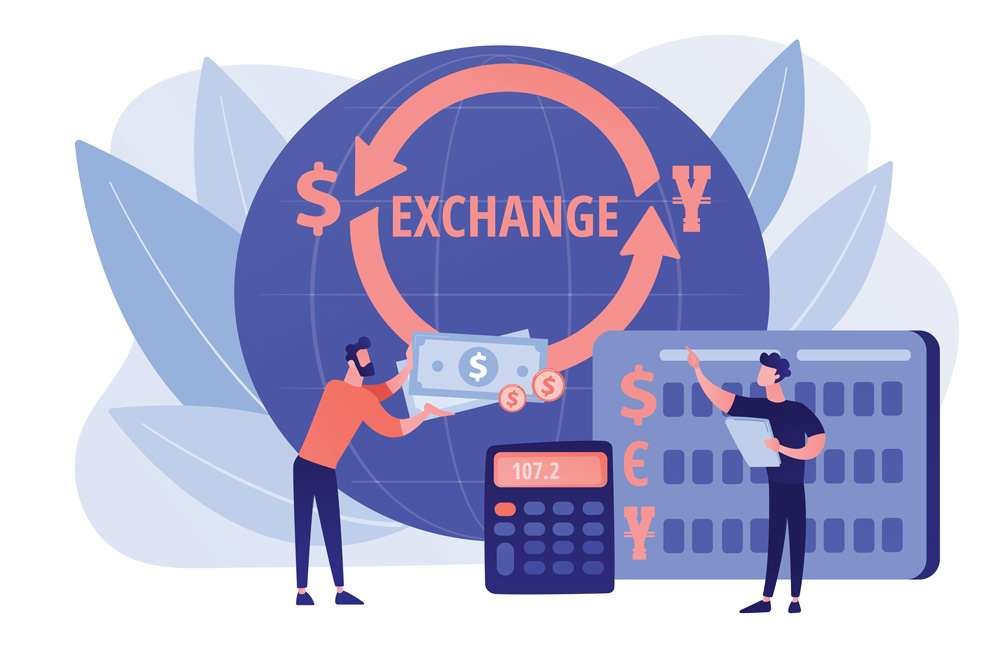Comprehensive Overview
Transaction costs, integral to various economic activities, encompass the expenses incurred during the buying or selling of goods and services. These costs encapsulate the labor and efforts required to bring products to market, giving rise to industries facilitating exchanges. In financial terms, transaction costs include brokers’ commissions and spreads, delineating the disparities between a security’s purchase price by the dealer and the price paid by the buyer.

Unpacking Transaction Costs
Understanding the dynamics of transaction costs is crucial for both buyers and sellers. In financial transactions, banks and brokers receive payments for their roles. Similarly, real estate transactions involve costs such as agent commissions, closing fees, and other associated expenses. Beyond financial realms, transaction costs also manifest in the time and labor invested in transporting goods across extensive distances.
Investors must recognize the significance of transaction costs as they directly impact net returns. High transaction costs can erode returns, affecting not just the immediate costs but also diminishing the available capital for future investments. Consequently, selecting assets with lower transaction costs within their respective categories becomes imperative for investors.
Ongoing vs. Transaction Costs
While often used interchangeably, ongoing fees and transaction costs are distinct. Ongoing fees are periodically charged for maintenance or management of a product or service, as seen in investment funds. On the other hand, transaction costs are incurred with each specific transaction. This differentiation is crucial, especially when assessing brokerage offerings, as some fees may be unavoidable while others are transaction-specific.
In some cases, it may be impossible to entirely evade transaction costs. These costs are intrinsic to certain markets or activities, necessitating a strategic approach to mitigate their impact.
Evolution and Reduction of Transaction Costs
Efficiency in an economy amplifies when transaction costs diminish, liberating capital and labor for wealth production. Reduction in barriers to communication is a key factor in lowering transaction costs. Traditionally, large institutions acted as intermediaries, but the advent of the internet and telecommunications has significantly mitigated barriers, allowing direct communication between buyers and sellers.
The Age of Information, characterized by easy access to information and communication, has revolutionized several industries. Sectors like insurance, real estate, stock brokerage, and car sales have witnessed disruptions from technology startups, challenging traditional intermediaries. E-commerce has further shifted transaction costs, redefining the nature of costs associated with brick-and-mortar services.
Example of Transaction Costs
Examining mutual funds provides insights into transaction costs. Loads for mutual funds, ranging from 1% to 2%, represent broker incentives for choosing one mutual fund over another. Financial advisors may receive payment through commissions or annual percentages of the entire portfolio. Additionally, mutual funds often charge a 12b-1 fee, a marketing fee that contributes to transaction costs.
Legality of Transaction Costs
Transaction costs incurred in buying and selling goods are typically legal. These fees compensate intermediaries facilitating exchanges, and regulatory bodies may impose transaction costs to aid future facilitations. In the financial context, brokers and regulatory entities often have legal grounds to impose transaction costs.
Navigating Transaction Fees
While complete elimination of transaction fees may be challenging, investors can adopt strategies to minimize their impact. Consolidating transactions and selecting brokers offering free trades for specific contracts are potential approaches. Awareness of broker fees and implementing tactics like bulk trades, passive investing, or reduced contract frequency can contribute to fee minimization.
Impact of High Transaction Costs
The implications of high transaction costs over time are significant. A scenario of investing $10,000 annually for 30 years at a steady 6% return reveals that a 1% annual fund expense would lead to over $140,000 in fees over the investment’s lifespan. This substantial reduction in ending portfolio value underscores the long-term impact of transaction costs. Transaction costs are intrinsic to various economic activities, and understanding their nuances is pivotal for informed decision-making. Investors, whether in financial markets or other sectors, should be cognizant of transaction costs and adopt strategies to mitigate their impact. From ongoing fees to the evolution of transaction cost dynamics, navigating this landscape is crucial for optimizing returns and fostering economic efficiency. As with any financial consideration, staying informed and strategic is key to successful financial management.






